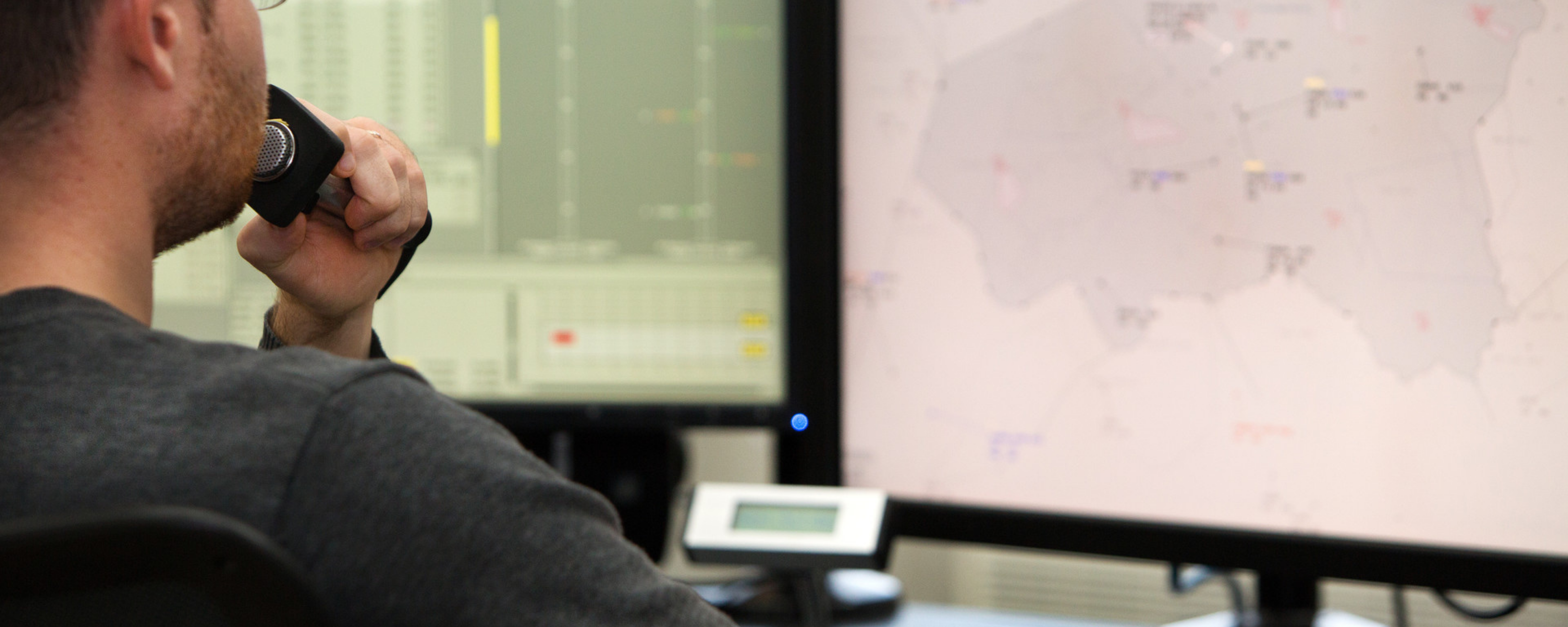
Surveillance
Presently surveillance service is contributed by radars, ADS and multilateration systems:
- According to their working principle the radars can be divided into primary and secondary ones; the secondary radars are most used in civil aviation.
- Primary radars (PSR – Primary Surveillance Radar) display echoes reflected by all moving objects, including aircraft and some meteorological phenomena. In Estonia one Primary Radar is used in civil aviation for monitoring the ground surface traffic.
- In case of MSSR – Monopulse Secondary Surveillance Radar - a set of radio interrogations is transmitted by a ground interrogator to airborne transponder, whichafter formatted response is forwarded to the ground based radar station. Estonia has two of them: one in the vicinity of Tallinn and one in the western part of the country. The Secondary Surveillance Radars in Finland and Latvia also contribute to the comprehensive situational picture of the Estonian airspace.
- Mode S (Mode Select) radar is an advanced Secondary Radar. This radar interrogates transponders selectively (different interrogations to different transponders are also possible); the data is exchanged electronically and it is significantly more accurate compared to previous ones. readings of different airborne systems can be transmitted via transponder.
- Airborne equipment sends GPS data to ATC Centre via data-base exchange channels with the help of ADS (Automatic Dependent Surveillance). The data is processed and added to the overall situational picture of the airspace. In Estonia ADS-B receivers are part of the ACC WAM (Wide area Multilateration system), but their data is not yet used for air traffic control purposes.
- MLAT (MultiLATeration) is a modern equivalent of old hyperbolic triangulation systems. In MLAT four or more receivers, positioned at respective sites, receive aircraft transponder signals. The time of signal reception is fixed with high accuracy by a central processor, which derives computations on precise 3D position of aircraft (transponder).
- In Estonia two MLAT systems are in use - one for monitoring ground movements at Tallinn aerodrome and the second one is WAM (Wide Area Multilateration); they cover entire Tallinn FIR and enable the receipt of Mode-S messages.
The surveillance sources are numerous, because air traffic control requires a comprehensive picture of entire airspace with all the necessary information, therefore, the information from different sources is assembled to make an integral picture with the help of surveillance data processing and sharing systems.
Surveillance data processing and sharing system (tracker) is used in Estonia as two independent systems: ARTAS – ATM suRveillance Tracker And Server and MSTS – Multisensor Tracking System, and in case one of them is unserviceable it is automatically switched to the other one.